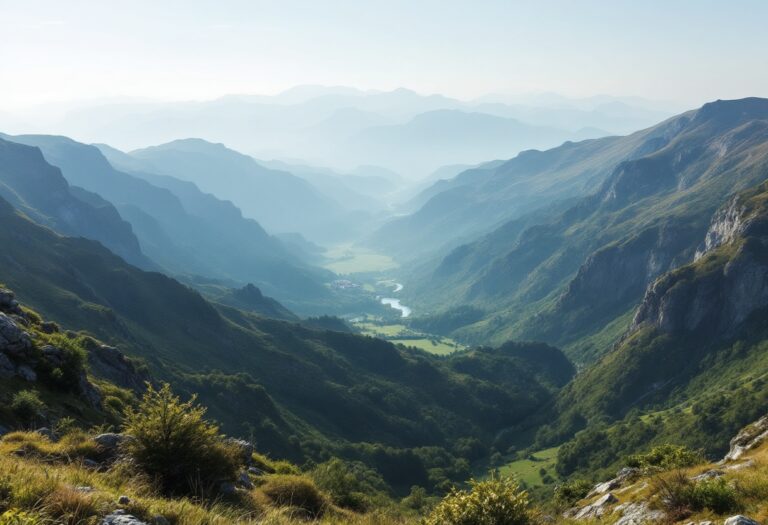Local communities gain insight into renewable projects impacting their landscapes.

Topics covered
The Highlands are undergoing a significant transformation as renewable energy projects proliferate across the region. A newly released interactive map has unveiled the scale of these developments, showcasing over 1,300 applications for wind farms, battery storage, hydroelectric systems, and transmission infrastructure.
This initiative aims to empower local communities by providing them with essential information to understand and respond to the growing number of renewable energy proposals that could affect their lives.
Community response to the interactive map
Residents living near various energy proposals have expressed a mix of optimism and concern regarding the new mapping tool.
While many welcome the introduction of the interactive map, they emphasize that it requires further refinement. Sheila Campbell-Lloyd, who leads planning applications for Ardross Community Council, described the map as a “brilliant starter for ten,” acknowledging the extensive effort that went into its creation.
However, she pointed out that the map is currently missing significant infrastructure details, which could lead to confusion among community members.
Fiona Urquhart, a local resident near a proposed 400kV substation, echoed these sentiments, stating that the map should serve to inform the wider public about the impacts of renewable projects in the Highlands. She believes that many people struggle to visualize these developments until they are fully constructed, at which point it may be too late to address concerns.
Impacts on local landscapes and heritage
Both Campbell-Lloyd and Urquhart have raised alarms about the potential toll that renewable developments could take on the picturesque landscapes of the Highlands. Campbell-Lloyd warned that the push for net-zero projects might strip the region of its natural beauty, transforming it into a landscape dominated by renewable energy structures. She emphasized that the community is not opposed to renewable energy but is advocating for a balanced approach that considers the historical and aesthetic value of the area.
Urquhart hopes that the map will empower local councils and communities to challenge the Scottish Government’s decisions regarding large-scale energy projects. She criticized the government for granting planning permissions in areas they have never visited, which she believes undermines local interests and perspectives.
The future of renewable mapping in Scotland
Councillor Helen Crawford, who proposed the creation of the Highland renewable map, expressed her satisfaction with the initial results but acknowledged that there is still much work to be done. She envisions a future where renewable mapping is available across Scotland, allowing for more comprehensive oversight of energy projects. Crawford suggested enhancing the map with additional features, such as 3D flyovers of proposed developments, to provide a clearer picture of their potential impact.
Highland Council officials have stated that the map is currently over 90% accurate, with plans for ongoing updates and improvements. As the map gains visibility on the council’s homepage, it is hoped that it will serve as a valuable resource for both residents and decision-makers, fostering a more informed dialogue about the future of renewable energy in the Highlands.




